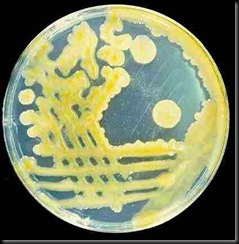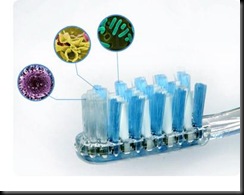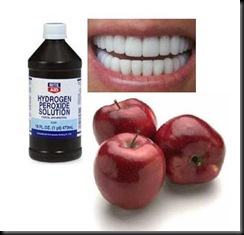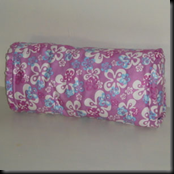When it comes to plants' innate immunity, like many of the dances of life, it takes two to tango. A receptor molecule in the plant pairs up with a specific molecule on the invading bacteria and, presto, the immune system swings into action to defend against the invasion of the disease-causing microbe.
Unwrapping some of the mystery from how plants and bacteria communicate in this dance of immunity, scientists at the University of California, Davis, have identified the bacterial signaling molecule that matches up with a specific receptor in rice plants to ward off a devastating disease known as bacterial blight of rice. The researchers, led by UC Davis plant pathologist Pamela Ronald, will publish their findings in the Nov. 6 issue of the journal Science.
"The new discovery of this bacterial signaling molecule helps us better understand how the innate immune system operates," Ronald said."Because similar pairs of receptors and bacterial signaling molecules are known to exist not only in rice but also in other plants, as well as animals and humans, we are hopeful that this work will lead to new strategies for controlling diseases in plants and people," she said.
Disease resistance background
In 1995, Ronald's laboratory identified the XA21 gene, which produces a receptor protein that recognizes Xanthomonas oryzae pv. Oryzae, also known as Xoo, which causes bacterial blight disease. Xoo and other species of Xanthomonas infect virtually every crop species in the world.
Subsequent discoveries revealed that receptors with striking structural similarities to the XA21 receptor protein exist in other plants, flies, mice and even humans. These receptors were later named pattern recognition receptors or PRRs because they have the ability to recognize molecules that occur across species in a large class of disease-causing microbes. These receptors then can launch a protective immune defense on behalf of the plant or animal.
Together, the receptors (PRRs) and the microbial molecules they recognize comprise a previously unknown system of immunity called innate immunity. As the name suggests, this form of immunity is built into the genetic makeup of the plant, rather than developing over time with repeated exposure to disease-causing microbes. Unlike animals, plants do not produce antibodies.
The New Findings
In their newly published study, Ronald and her colleagues identified a peptide -- a compound that they call ax21 -- as the molecule that binds with the XA21 receptor protein. The binding triggers a defense response against the bacterial disease.
The researchers note that ax21 is also found in many other species of Xanthomonas as well as in Xylella fastidiosa, a microbe that causes the devastating Pierce's disease in grapes. Furthermore, ax21 is even found in Stenotrophomonas maltophilia, a bacterium that causes respiratory tract infections in humans.
"These studies have led to a convergence in our understanding of the molecular mechanisms that govern how disease-causing microbes interact with the plants and animals they infect," Ronald said.
"We are hopeful that these discoveries will benefit agriculture and medicine in the United States and around the world by leading to development of treatments that will disrupt bacterial infection," she said.
Source: Sciencdaily








